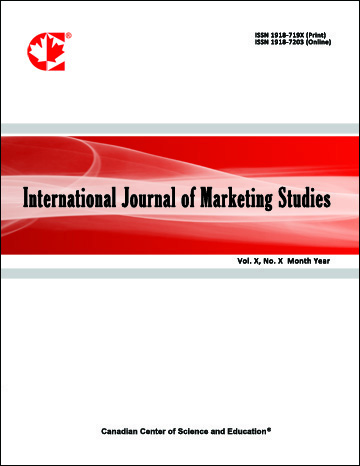Spatial Models of Consumer Choice for Retail Outlets: Theory and Practice in Physics of Marketing
- M. J. Alhabeeb
Abstract
A theoretical review and an assessment of applications of the spatial models of consumer choice for retail outlets are presented here. As they are also called gravitational models in marketing, they remain relevant in today’s retail world despite the explosion of e-commerce. The major objective here is to emphasize the theoretical significance of these models, analyze their practicality in the market, and refer to their validity today. The focus would be on the original Reilly’s model of the early thirties of the last century, and the two most significant improvements over it, Converse’s model of the late forties, and Huff’s model of the early sixties. After a detailed exposition of these models and their applications, a critical analysis is introduced to address the retail site selection, radius of the trading area, limitations of the models, and some criticism.
- Full Text:
 PDF
PDF
- DOI:10.5539/ijms.v11n1p1
Journal Metrics
Google-based Impact Factor (2021): 1.34
h-index (July 2022): 70
i10-index (July 2022): 373
Index
- Academic Journals Database
- CNKI Scholar
- EconBiz
- Electronic Journals Library
- Excellence in Research for Australia (ERA)
- GETIT@YALE (Yale University Library)
- Harvard Library
- IBZ Online
- Infotrieve
- JournalTOCs
- LOCKSS
- MIAR
- PKP Open Archives Harvester
- RePEc
- ResearchGate
- ROAD
- Scilit
- SHERPA/RoMEO
- Stanford Libraries
- UCR Library
Contact
- Alyssa SunEditorial Assistant
- ijms@ccsenet.org
